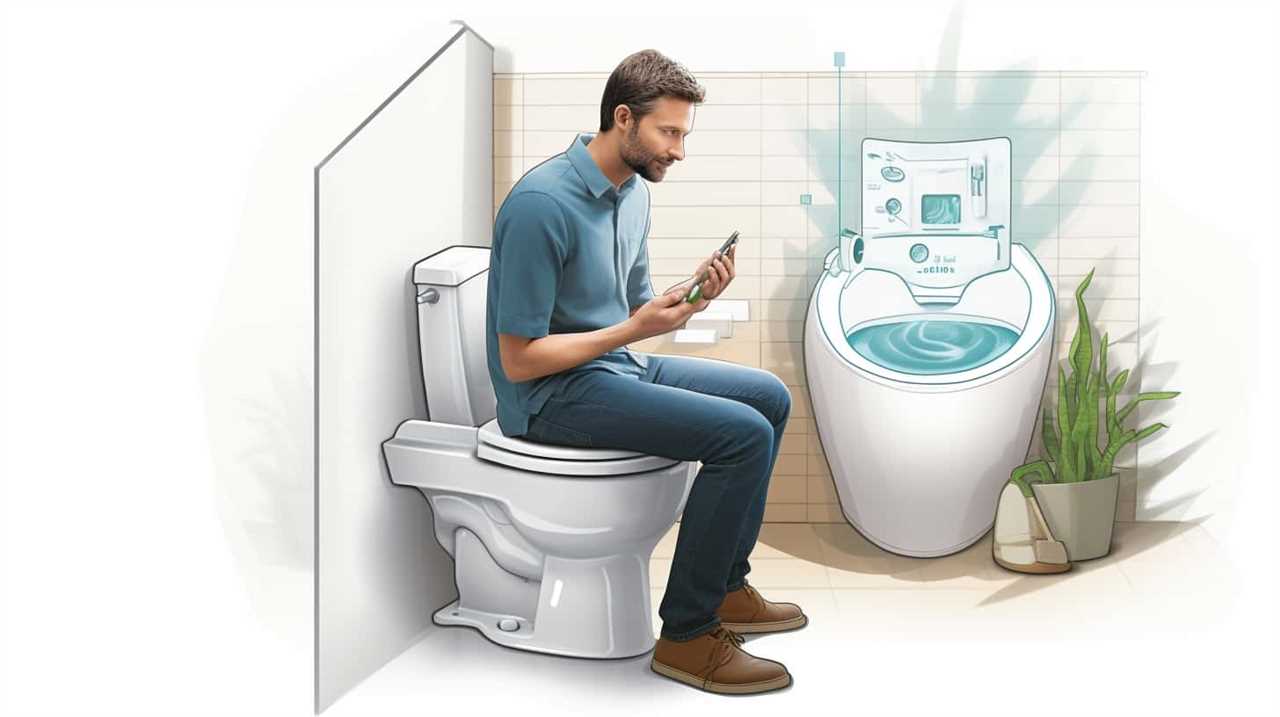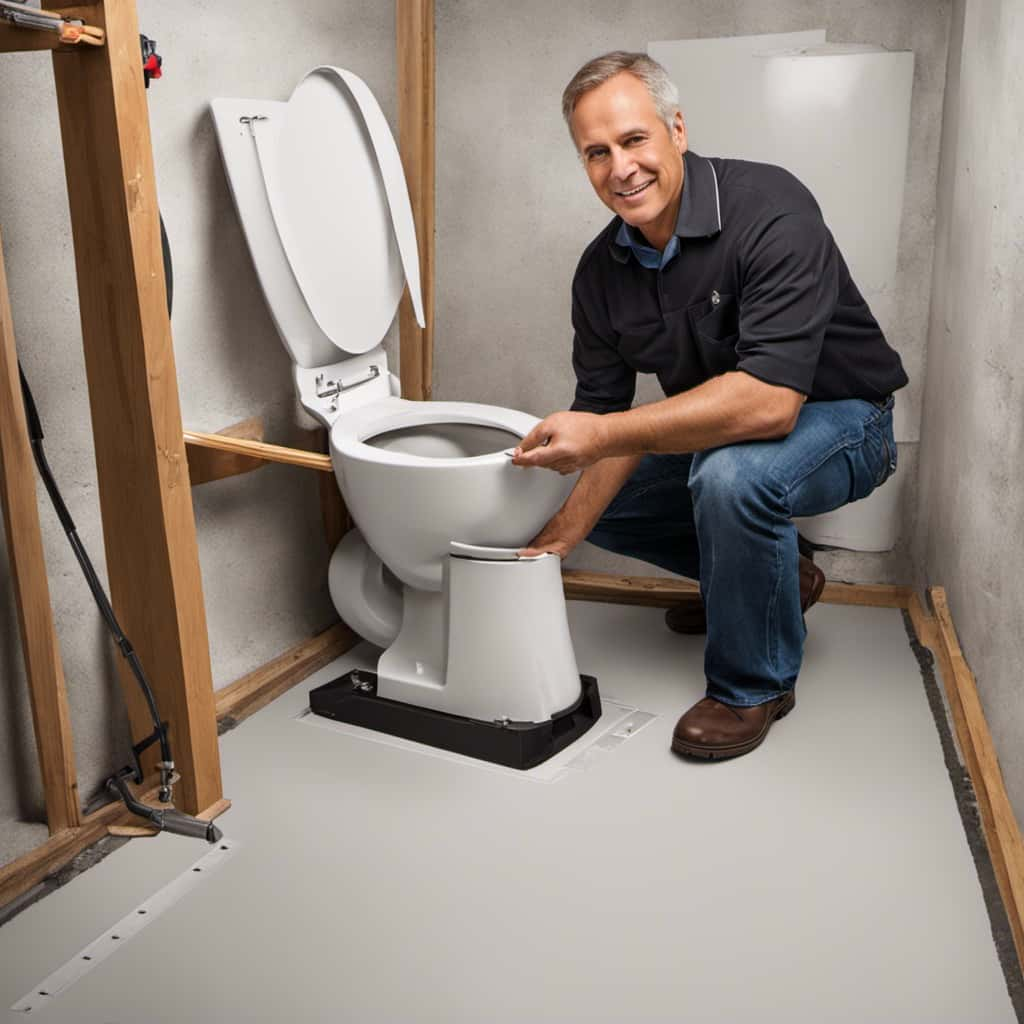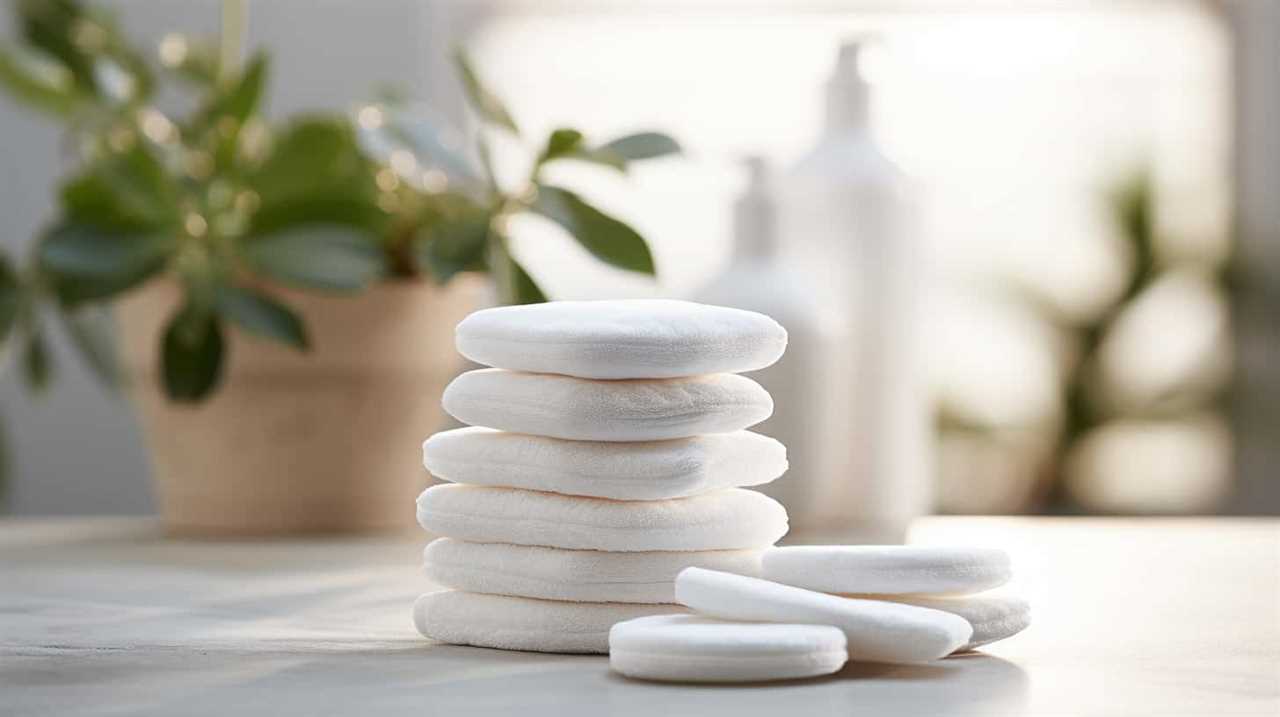Have you ever wondered if toilet paper floats in a septic tank? Well, we’re here to provide the answers you seek.
In this article, we’ll delve into the fascinating world of septic tank systems and explore the composition of toilet paper. We’ll also discuss the factors that can affect whether or not toilet paper floats in a septic tank.
So, let’s dive in and uncover the truth behind this myth. Get ready to become septic tank savvy!
Key Takeaways
- Regular maintenance and pumping of septic tanks are necessary to prevent clogging and overflow.
- The composition of toilet paper, including the use of chemicals and softeners, can affect its breakdown in septic systems.
- Factors such as toilet paper degradation rate, excessive use, and fiber composition can contribute to toilet paper floating in septic tanks.
- Best practices for flushing toilet paper in septic tanks include using septic-safe, biodegradable options, avoiding excessive amounts, and regularly maintaining and inspecting the septic system.
Understanding Septic Tank Systems
In our understanding of septic tank systems, we’ve learned that the proper functioning of these systems is crucial for efficient waste disposal. Septic tank maintenance and installation play key roles in ensuring their optimal performance.

Regular maintenance is necessary to prevent issues such as clogging, overflow, and foul odors. This includes regular pumping to remove accumulated solids and inspecting the tank for any signs of damage or leaks.
It’s also important to carefully choose the location and size of the tank during installation to accommodate the household’s waste volume and ensure proper drainage. Proper septic tank installation involves following local regulations and guidelines to ensure environmental safety and longevity of the system.
The Composition of Toilet Paper
To understand the impact of toilet paper on septic tank systems, it’s important to examine the composition of this commonly used bathroom essential. Toilet paper is typically made from a combination of wood pulp, water, and sometimes added chemicals. Here is a breakdown of its composition:
- Wood pulp: The primary ingredient in toilet paper, sourced from various trees such as spruce or pine. It provides the paper’s strength and absorbency.
- Water: Used to suspend the wood pulp fibers during the manufacturing process and create a pulp mixture.
- Chemicals: Some toilet paper brands may contain additives like bleach or dyes for aesthetic purposes. However, these chemicals can have an environmental impact and may not be ideal for septic tanks.
- Softeners: Certain toilet paper brands include softeners to enhance comfort. These additives can potentially affect the breakdown of toilet paper in septic systems.
Understanding the composition of toilet paper is crucial in assessing its environmental impact and compatibility with septic tank systems.

Factors Affecting Toilet Paper Floating
We’ve discovered several factors that contribute to whether or not toilet paper floats in a septic tank.
One of the main factors is the toilet paper’s degradation rate. Toilet paper that degrades quickly tends to break down into smaller pieces, making it less likely to float. On the other hand, toilet paper that degrades slowly remains intact and is more buoyant, leading to floating.
Another factor to consider is the amount of toilet paper used. Excessive use of toilet paper can lead to a higher concentration in the septic tank, increasing the likelihood of floating.
Lastly, the environmental impact of toilet paper production and disposal should be taken into account. Opting for biodegradable and eco-friendly toilet paper can help reduce the overall environmental impact.

Myth or Reality: Does Toilet Paper Float
After considering the factors affecting toilet paper floating in a septic tank, let’s now explore the myth or reality surrounding whether toilet paper actually floats. Here are four key points to consider:
- Myth: Toilet paper always floats in a septic tank.
Reality: This isn’t necessarily true. The buoyancy of toilet paper depends on various factors such as the thickness and quality of the paper, the amount of water in the tank, and the presence of other materials. - Toilet paper decomposition:
Most toilet paper is designed to break down easily in water. It’s made from biodegradable materials like wood pulp or recycled paper, which allows it to decompose naturally over time. - Environmental impact:
Floating or not, toilet paper does have an environmental impact. If it doesn’t break down efficiently, it can contribute to clogging in the septic system or in the wastewater treatment process. - Conclusion:
While toilet paper may float in some cases, it’s important to consider its decomposition and environmental impact. Choosing a toilet paper brand that’s designed to break down easily can help minimize any potential issues.
Best Practices for Flushing Toilet Paper in Septic Tanks
Now, let’s explore the best practices for flushing toilet paper in septic tanks to ensure optimal functionality and prevent potential issues. Proper septic tank maintenance is crucial to keep the system running smoothly. One important aspect is the type of toilet paper used. It is recommended to use septic-safe toilet paper that is designed to break down easily in water. This helps prevent clogs and ensures efficient decomposition in the septic tank. Additionally, using environmentally friendly alternatives, such as recycled or biodegradable toilet paper, can further minimize the impact on the septic system and the environment. Here is a table summarizing the best practices for flushing toilet paper in septic tanks:
| Best Practices for Flushing Toilet Paper in Septic Tanks |
|---|
| Use septic-safe toilet paper |
| Opt for recycled or biodegradable options |
| Avoid using excessive amounts of toilet paper |
| Flush only toilet paper and human waste |
| Regularly maintain and inspect the septic system |
Frequently Asked Questions
How Often Should a Septic Tank Be Pumped?
We regularly pump our septic tank to maintain its health. Signs that indicate the need for pumping include slow drains, sewage backups, and odors. It is important to follow a regular pumping schedule to avoid costly repairs.
Can Other Items Besides Toilet Paper Be Safely Flushed Down the Toilet in a Septic Tank System?
Flushing alternatives should be avoided in a septic tank system due to their potential environmental impact. It’s important to note that toilet paper is the only safe option as it quickly breaks down and doesn’t float.

Is It Necessary to Use Special Septic-Safe Toilet Paper in a Septic Tank System?
Using normal toilet paper in a septic tank may cause issues as it can float and clog the system. However, there are alternatives such as septic-safe toilet paper that breaks down easily, ensuring proper functioning of the septic tank.
Are There Any Alternatives to Using Toilet Paper in a Septic Tank System?
There are alternatives to toilet paper in a septic tank system. These alternatives help reduce the environmental impact. They include bidets, wet wipes, and reusable cloth wipes. They are worth considering for a more sustainable approach.
What Are the Potential Consequences of Flushing Non-Flushable Items in a Septic Tank System?
Flushing non-flushable items in a septic tank system can have potential environmental impacts. However, with proper maintenance of septic tank systems, these consequences can be minimized.
Conclusion
In conclusion, toilet paper can indeed float in a septic tank due to its composition and the factors affecting its buoyancy.

However, it’s important to note that this doesn’t necessarily indicate a problem with the septic system.
Interestingly, studies have shown that only a small percentage of toilet paper, around 10-20%, actually floats in a septic tank.
This statistic highlights the importance of using septic-safe toilet paper and following best practices to maintain a healthy septic system.










